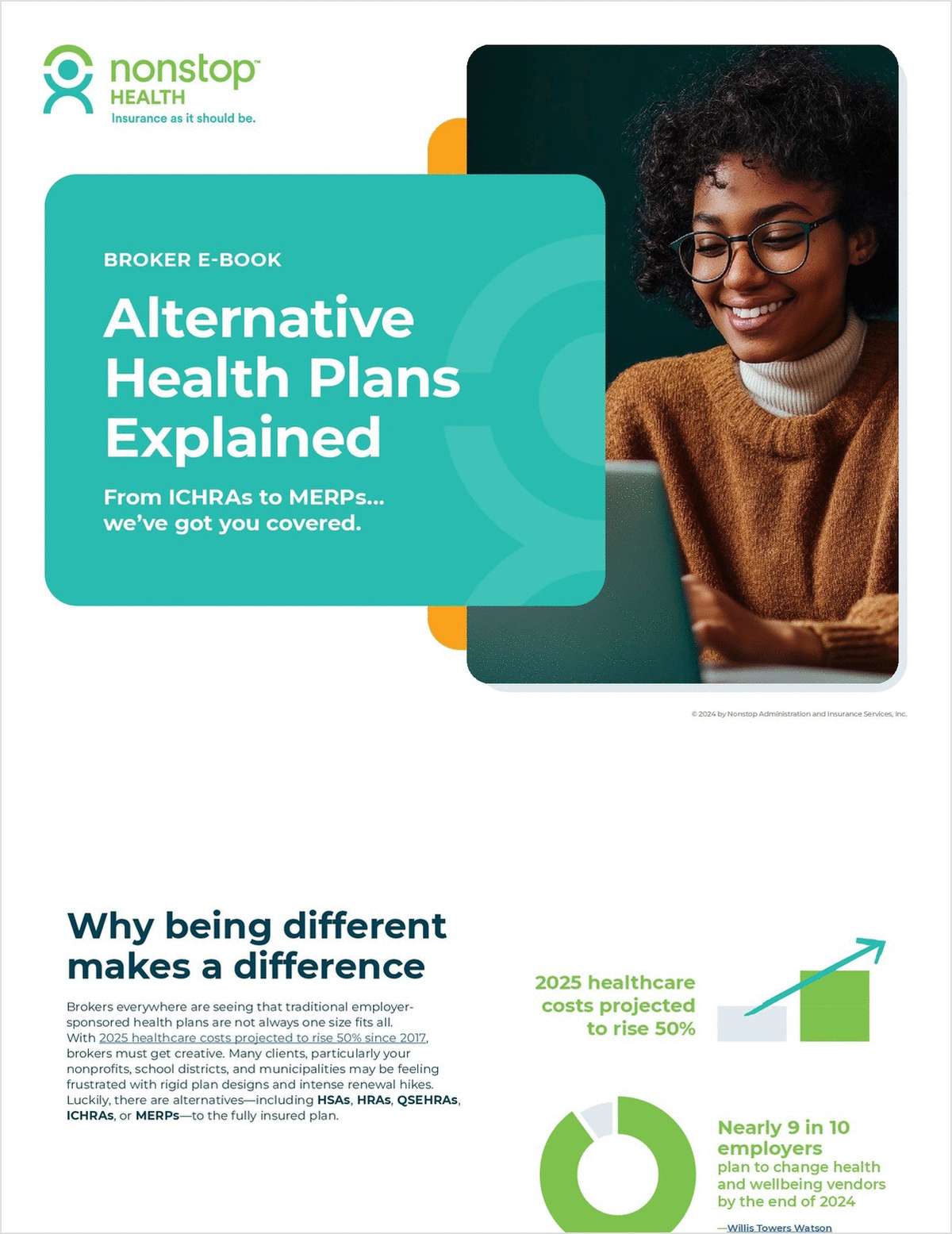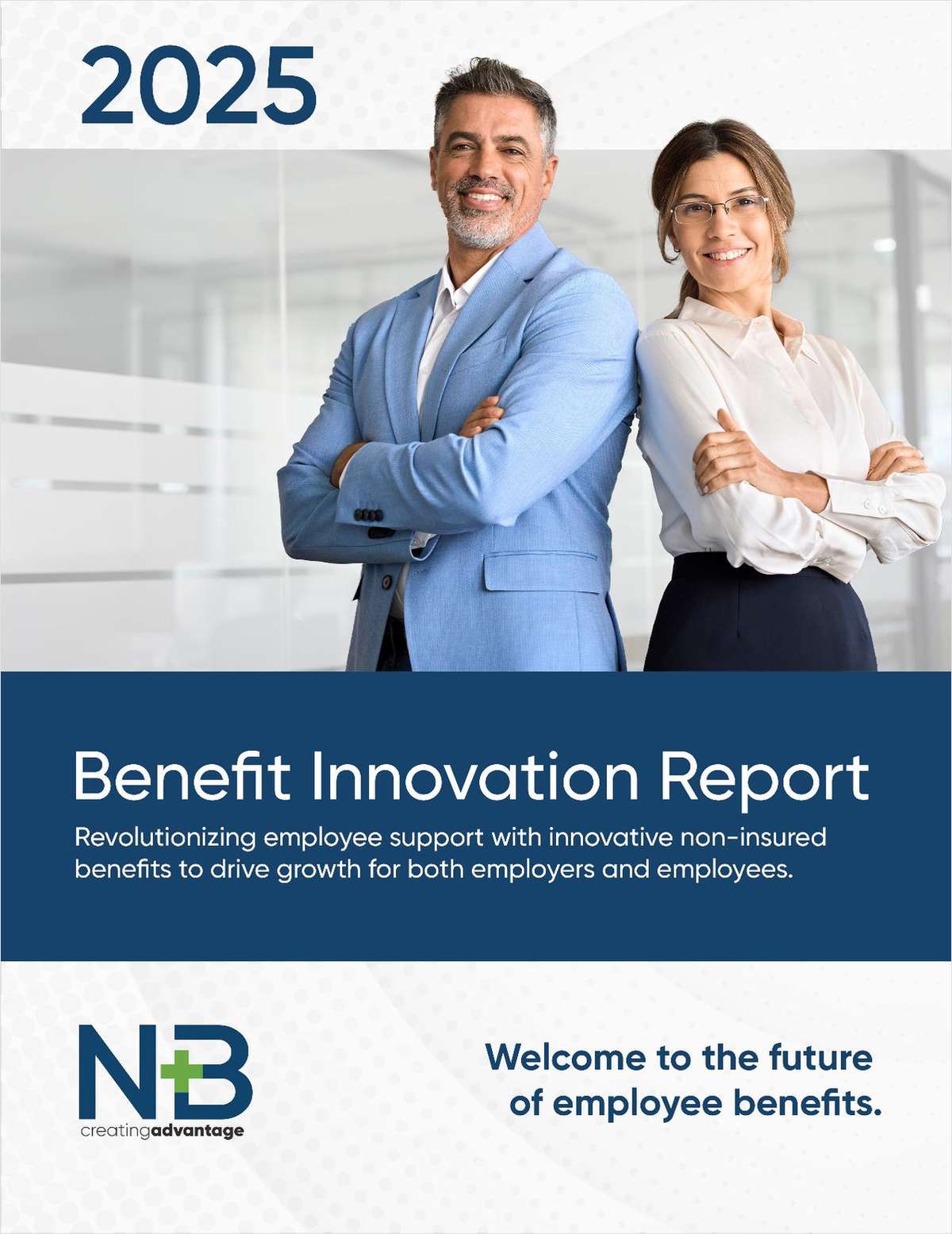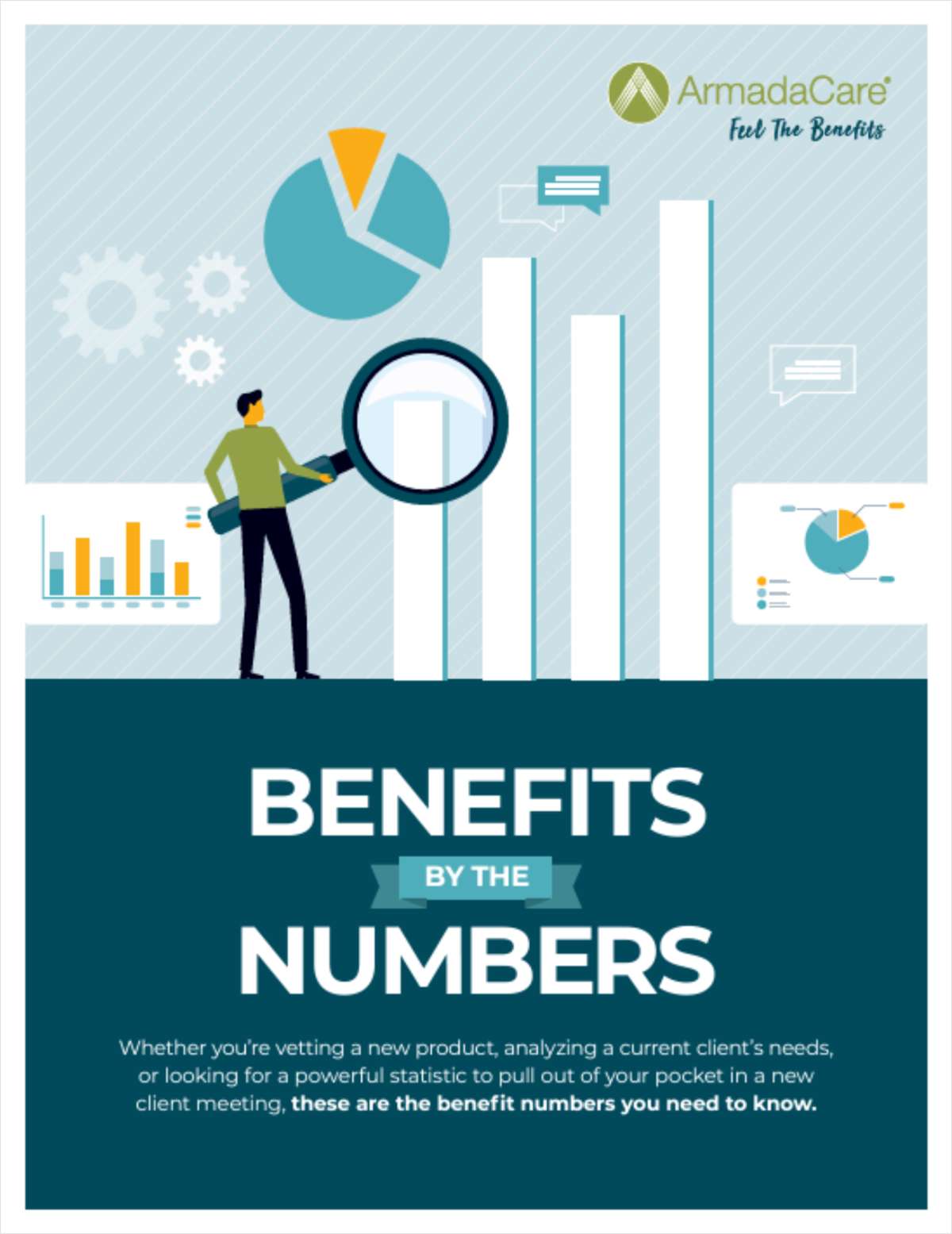Stand-alone long-term care insurance may still be going through tough times, but long-term care (LTC) planning is starting to become a standard part of any thorough financial planning conversation.
Bill Nash, vice president for insurance solutions distribution for Lincoln Financial's MoneyGuard product, and Mike Hamilton, a Lincoln Financial vice president and head of MoneyGuard product management, talked about the shift recently during an interview in New York.
Lincoln offers MoneyGuard, a life-LTC hybrid product, and it also offers other types of life insurance and annuity riders that can help purchasers pay for long-term care costs.
Nash said he thinks financial advisors are much more interested in LTC planning now than they were even 10 years ago.
In 2007, he said, the idea of providing, or needing, care was an abstract concept for many advisors.
"Now," he said, "everybody knows somebody who's 90."
Whatever happens to the U.S. Department of Labor's fiduciary rule, the conversation about the rule has also helped, by promoting the kind of comprehensive approach to planning that draws clients' attention to LTC risk.
In spite of the slump in stand-alone long-term care insurance, "there's actually a lot more solutions," Hamilton said. "I think the market's starting to increase.
Lincoln — a company based in Radnor, Pennsylvania — sent Nash and Hamilton to New York to promote a new Lincoln long-term care planning market survey report, and to promote this year's Long-Term Care Awareness Month outreach campaign.
Nash said he has concerns about the idea of devoting one month out of the year to LTC awareness.
"It's a discussion we need to embrace throughout the year," Nash said.
But Nash said many advisors who come at the topic from a financial perspective, rather than because of a first-hand experience with someone who needed long-term care, may need help with talking to clients about the emotional aspects involved with providing care for a loved one, and with making realistic plans to pay for the clients' own long-term care.
Lincoln has tried to fill some of the emotional awareness gap this year by sponsoring an online survey of 1,015 U.S. residents ages 18 and older. A survey firm conducted the survey in August. When Lincoln staffers were developing the questions, they tried to get information about the survey participants' emotions, not just the participants' personal financial calculations.
Here's a look at three of the survey team's findings.
|1. Many people have a hard time admitting that they would have negative feelings if they suddenly had to provide care for a loved one.
Lincoln listed 10 possible emotional reactions to suddenly becoming a family caregiver and asked the survey participants to rate which emotions the participants' thought they were most likely to feel if they were suddenly thrust into the caregiver role.
The participants rate "compassion" at the top, with 52 percent of the participants saying they could most identify with that response.
"Annoyance" ranked at the bottom with just 4 percent of the participants saying they could most identify with that emotion.
The participants' may have gotten a little more candid with the middle-ranking responses. The second highest-ranking response, for example, was "Overwhelmed." About 44 percent of the survey participants were willing to admit to a survey team that they were likely to feel overwhelmed if they were suddenly faced with caregiving responsibilities.
|
2. Members of Generation X expressed the strongest emotions about caregiving.
Many baby boomers, or people born in 1946 or earlier, may already be retired, and may already be providing care.
Many millennials, or adults born between 1980 and 1999, may have no young children to take care of, and only a hazy idea of what old age might be like.
Typical members of the generation in the middle, or Generation X, meanwhile, have jobs, young children, and parents who are starting to age into the "oldest old' category.
Lincoln found that the GenX survey participants were more likely than boomers or millennials to say they could identify with almost every possible emotional reaction to caregiving that the survey form listed.
The only exception was "needed": boomers were much more likely to say they would react to becoming caregivers by saying they would feel needed.
The gap in responses to the reactions "overwhelmed" and "anxiety" were the biggest.
About 30 percent of the GenXers said they thought they would feel anxious, compared with 26 percent of the millennials, and just 24 percent of the millennials.
But there was also a gap in the responses to the reaction "compassion": 54 percent of the GenXers said they thought they would feel compassion, compared with 52 percent of the boomers and 48 percent of the millennials.
|3. Feelings have limits.
Even when Lincoln asked about responses to possible emotional reactions to caregiving, only 27 percent of the participants said they would feel "obligated."
When Lincoln asked participants what kinds of care they were willing and able to provide, 79 percent said they could help with caregiving and feeding, and 75 percent said they could help with personal needs, such as cleaning and transportation.
But only 35 percent said they would and could quit their jobs to provide care, and just 35 percent said they could and would pay to put loved ones in a long-term care facility.
Complete your profile to continue reading and get FREE access to BenefitsPRO, part of your ALM digital membership.
Your access to unlimited BenefitsPRO content isn’t changing.
Once you are an ALM digital member, you’ll receive:
- Breaking benefits news and analysis, on-site and via our newsletters and custom alerts
- Educational webcasts, white papers, and ebooks from industry thought leaders
- Critical converage of the property casualty insurance and financial advisory markets on our other ALM sites, PropertyCasualty360 and ThinkAdvisor
Already have an account? Sign In Now
© 2024 ALM Global, LLC, All Rights Reserved. Request academic re-use from www.copyright.com. All other uses, submit a request to [email protected]. For more information visit Asset & Logo Licensing.








